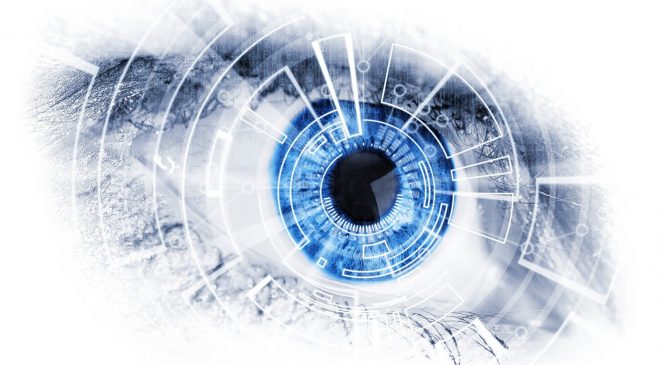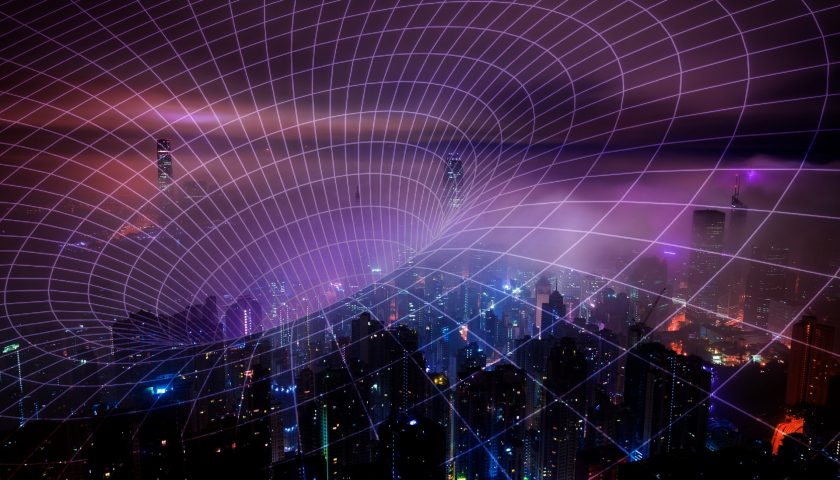
Robots can use machine vision to interact in their surroundings.
She believes the concept of combining a camera with software to enable a robot to interpret its surroundings is not new. Basic forms of the technology have existed for decades, such as machines that scan barcodes and group parcels into piles for delivery.
But technological advances mean robots can use machine vision to interact with their surroundings in increasingly sophisticated and precise ways.
For a start, it’s no longer one-dimensional. Modern machines can use several cameras to scan objects from different angles and build up a three-dimensional image. They can apply LED illumination to ensure they get a clear image, much like a photographer using a flash. And infrared and X-ray scanners enable them to see through packaging and check the content inside.
Advances in software have been even greater than those in hardware. In modern machine-vision systems, the software makes up an estimated 85 per cent of the value of the product. Algorithm-based programs deploy machine learning to help robots interpret complex data quickly, and with far lower error rates than humans. And they can be applied to a range of tasks – from inspecting products to gauging precise measurements and reading text.
Little wonder, then, that manufacturers are clamouring for this technology. Rising labour costs, ageing populations and complex products are all headaches for those running factories. Machine-vision products provide a competitive edge with quality checks that are capable of replacing more and more repetitive and routine work, and keep costs low.
Nowhere is the technology needed more than the semiconductor industry. Smarter, smaller and faster electronic gadgets like smartphones demand high-quality components that are free of defects. Three-dimensional machine vision can be used to measure everything from wafer defects to the position of chips. It can detect flaws that are hard or impossible to find with the human eye.
We expect growing demand for machine vision across a range of other sectors, too. In the automotive industry, machine-vision scanners could check car parts for quality. Robots that can see can also be used to guide others – helping ensure that parts are placed onto the vehicle in exactly the right place during the assembly process.
In pharmaceuticals, accuracy of dosage is crucial. Robots can see through the packaging of tablet boxes coming down a conveyor belt and verify that they are of an acceptable shape and quality. Batches with defects can be identified and disposed of quickly. At the same time, machines can scan the wording on the packet to ensure it is correctly labelled. With today’s technology, they can carry out 600 checks per minute.
There are potential uses in food and agriculture, too. The US Department of Agriculture sets different grades for apples, for instance. Machine vision could help farmers sort apples by grade more cost-effectively. With other products such as rice and tea, meanwhile, colour is a key determinant of quality: packing factories could employ machine vision in conveyor belts to select only the best product.
The uses of visual-recognition programs even stretch to waste management, where they could help recycling plants sort materials more cost-effectively.
We think the latest improvements in machine vision support a wider structural shift. Robots already play a dominant role on the factory floor. But we will see a switch from automated processes to autonomous ones, as machine vision enables robots to carry out tasks with less and less human interaction.
Demand for machine-vision technology has been affected by the slowdown in consumer electronics and motor cars since 2018, and more recently by uncertainties over the coronavirus pandemic. We think it is set to rise over the longer term, however.
The industry could be worth more than USD19bn by the middle of the decade, up from around USD10bn in 2017, according to our estimates. Asia is likely to lead the growth in demand and be the biggest user of machine vision. In China alone, the market is set to be worth more than USD3bn by 2025.
Given the potential benefits, it is no surprise that many industries are putting this technology at the heart of their vision for the future.




